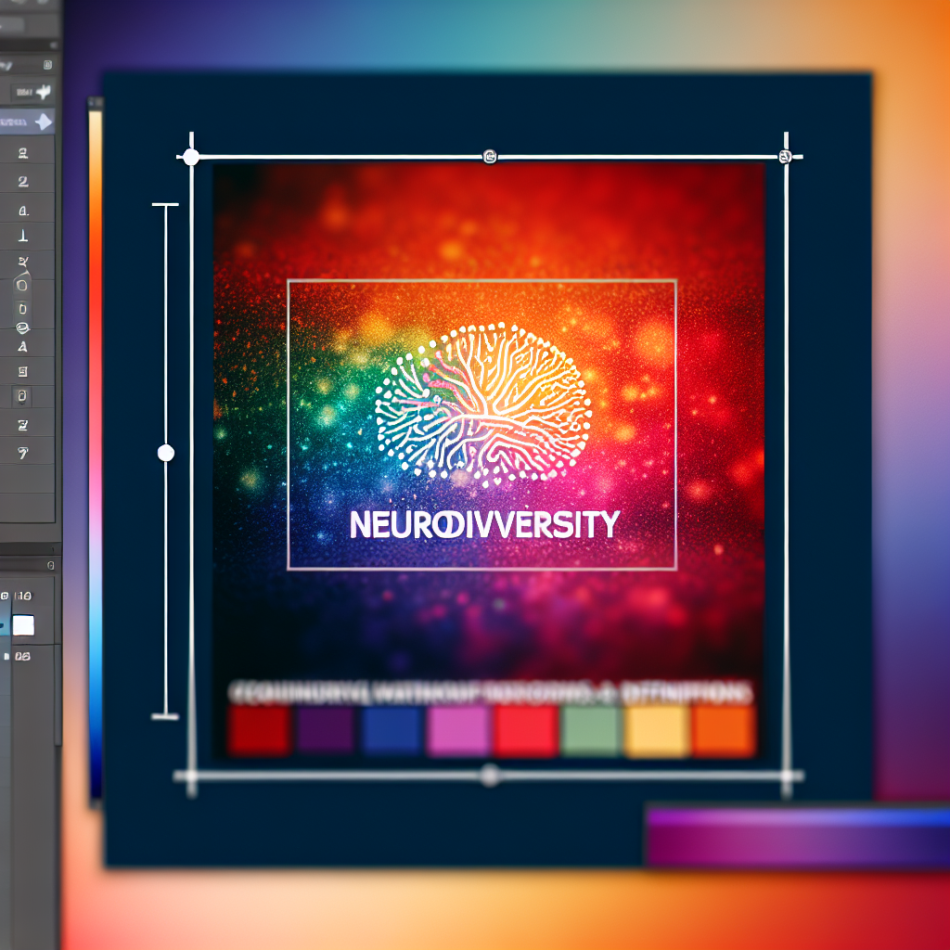Understanding Neurodiversity: Clarifying Key Terms
Terms like neurodivergent, neurotypical, and neurodiverse are increasingly common, yet their meanings often remain unclear. As awareness of neurological differences grows, so does the need to use these terms accurately. This article demystifies their definitions, explores their significance, and explains how they shape our understanding of human cognition. Whether you’re neurodivergent, neurotypical, or simply curious, clarity starts here.
What Is Neurodiversity?
The concept of neurodiversity emerged in the 1990s, coined by sociologist Judy Singer. It challenges the notion that neurological differences—such as autism, ADHD, dyslexia, or Tourette’s syndrome—are deficits. Instead, it frames them as natural variations in human brains. Neurodiversity advocates argue that society should accommodate these differences rather than pathologise them. This paradigm shift has reshaped conversations about inclusion, education, and workplace practices.
Neurodivergent vs. Neurotypical: Breaking Down the Terms
Understanding the distinction between neurodivergent and neurotypical is crucial:
- Neurodivergent describes individuals whose brains function differently from what is considered typical. This includes conditions like autism, ADHD, or dyslexia. The term emphasises divergence from societal norms, not inherent disability.
- Neurotypical refers to people whose neurological development aligns with dominant societal standards. It’s not a medical label but a social one, highlighting that “typical” is a relative construct.
These terms are not opposites but exist on a spectrum. For example, a neurotypical person may still experience mental health challenges, while neurodivergent individuals possess unique strengths alongside differences.
Neurodiverse: A Collective Term
Neurodiverse describes groups, not individuals. A workplace, classroom, or community is neurodiverse if it includes people with varied neurological profiles. Using “neurodiverse” to describe a single person is incorrect—it’s akin to calling one person “diverse” instead of acknowledging their specific identity. Recognising this distinction ensures respectful and accurate communication.
Why Language Matters in Neurodiversity
Precise terminology fosters inclusion. Misusing terms like neurodivergent or neurodiverse risks erasing individual experiences or reinforcing stereotypes. For instance, describing autism as a “disorder” frames it as a problem to fix, whereas “neurodivergence” centres acceptance. Language also influences policy: schools and employers adopting neurodiversity frameworks often prioritise accommodations over assimilation.
However, preferences vary. Some individuals embrace identity-first language (e.g., “autistic person”), while others prefer person-first phrasing (“person with ADHD”). Listening to self-identified preferences is key to respectful dialogue.
Common Misconceptions About Neurodiversity
Myths persist, even as awareness grows:
- Myth: Neurodiversity denies the reality of challenges. Reality: It acknowledges difficulties but rejects the idea that difference equates to defect.
- Myth: Only autism is included. Reality: Neurodiversity encompasses ADHD, dyslexia, dyspraxia, and other conditions.
- Myth: Neurotypical is synonymous with “normal”. Reality: “Typical” reflects statistical norms, not superiority.
Dispelling these myths is vital to moving beyond tokenistic inclusion.
Applying Neurodiversity in Everyday Contexts
Embracing neurodiversity requires actionable steps:
- Education: Schools can offer flexible learning environments, such as sensory-friendly classrooms or alternative assessment methods.
- Workplaces: Adjustments like quiet spaces, clear communication, or flexible hours support neurodivergent employees.
- Social Spaces: Public venues can provide sensory maps or noise-cancelling headphones to accommodate diverse needs.
These changes benefit everyone, not just neurodivergent individuals, by fostering adaptability and creativity.
Conclusion: Embracing Complexity, Celebrating Differences
Clarifying terms like neurodivergent, neurotypical, and neurodiverse is more than semantics—it’s about reshaping how society views human cognition. By understanding these concepts, we move towards a world that values neurological differences as integral to collective progress. Whether you’re navigating personal identity or fostering inclusion, precise language and open-mindedness pave the way. Neurodiversity isn’t a trend; it’s a testament to the richness of human experience.
